Home>Ideas and Tips>How To Choose And Install The Right Bathroom Wall-Mounted Bidet
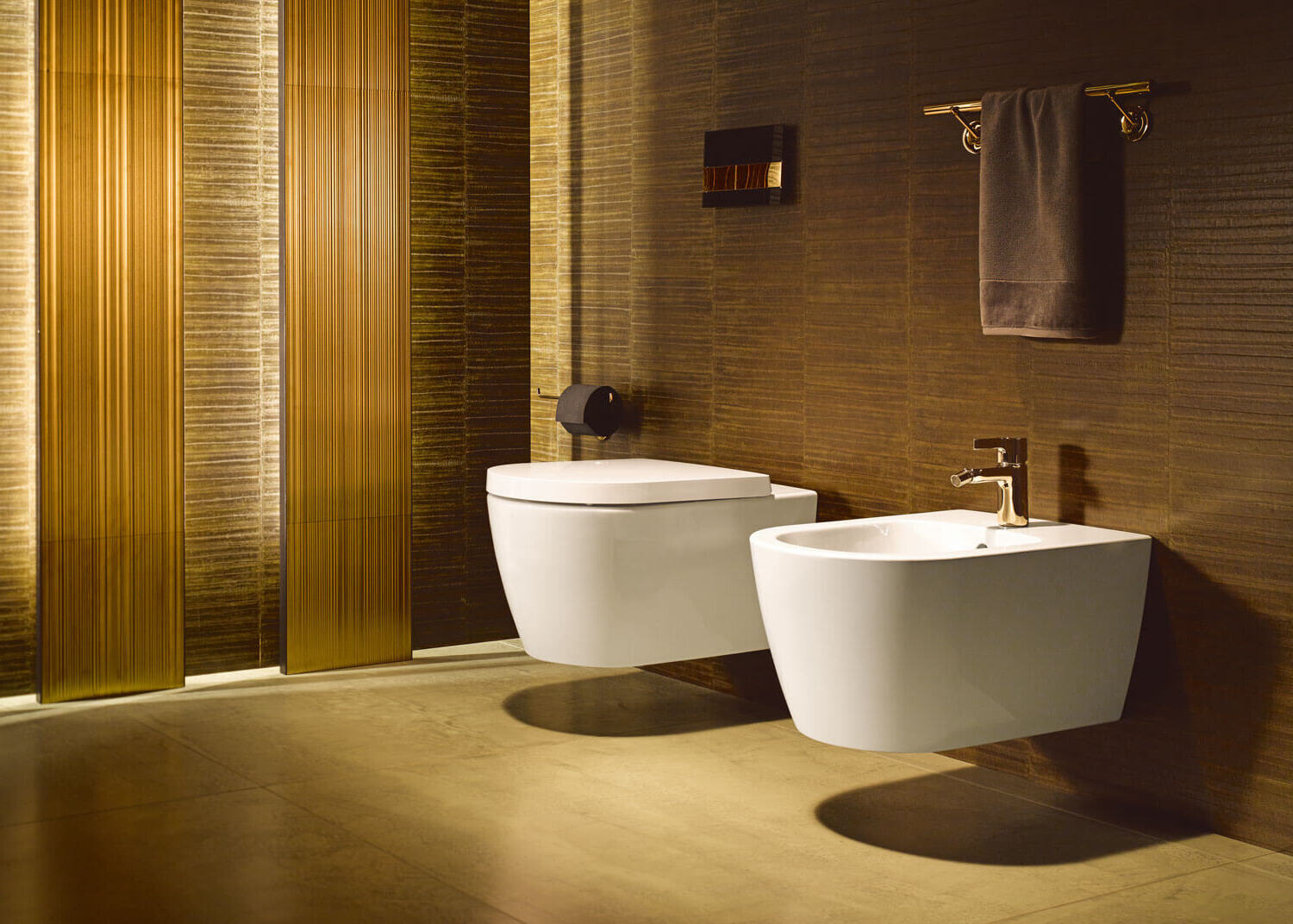

Ideas and Tips
How To Choose And Install The Right Bathroom Wall-Mounted Bidet
Modified: October 20, 2024
Learn how to choose and install the perfect wall-mounted bidet for your bathroom. Enhance hygiene and comfort with our comprehensive guide.
(Many of the links in this article redirect to a specific reviewed product. Your purchase of these products through affiliate links helps to generate commission for Storables.com, at no extra cost. Learn more)
Introduction
In recent years, bidets have become an increasingly popular addition to modern bathrooms in North America. These fixtures offer a luxurious and hygienic way to clean oneself after using the toilet, providing a more comfortable and efficient alternative to traditional toilet paper. However, choosing the right bidet can be overwhelming, especially with the various types and installation options available. This article will guide you through the process of selecting a wall-mounted bidet that suits your needs and provide a step-by-step guide on how to install it.
Types of Bidets
Before diving into the installation process, it's essential to understand the different types of bidets available. Each type caters to different needs and bathroom layouts, ensuring you find the perfect fit for your space.
-
Standalone Bidets
- Description: Standalone bidets are separate fixtures resembling a small sink or urinal. They require more space and separate plumbing compared to other types.
- Space Considerations: These bidets are ideal for larger bathrooms where ample space is available. They offer a more traditional bidet experience but may not be practical for smaller bathrooms.
- Installation: Standalone bidets require dedicated plumbing lines, which can be more complex and expensive to install. They often come with built-in P-traps or S-traps to manage waste efficiently.
-
Bidet Toilet Seats
- Description: Bidet toilet seats are designed to replace your standard toilet seat and come with built-in bidet functions.
- Space Considerations: These seats are space-saving and easier to install, making them suitable for smaller bathrooms.
- Installation: Bidet toilet seats are relatively easy to install. They typically require detaching the existing toilet seat, attaching the mounting plate, and connecting the water supply hose.
-
Bidet Attachments
- Description: Bidet attachments are designed to be attached to your existing toilet seat and offer the most cost-effective and easy-to-install option.
- Space Considerations: These attachments are ideal for bathrooms with limited space as they do not require additional fixtures or plumbing.
- Installation: Bidet attachments are the simplest to install. They usually involve detaching the existing toilet seat, attaching the bidet sprayer or seat, and reconnecting the water supply hose.
Space Considerations
When choosing a wall-mounted bidet, it's crucial to assess the space available in your bathroom. Here are some key considerations:
- Clearance: Ensure there is enough room between the bidet and any adjacent fixtures, such as the toilet or sink. A minimum of 30 inches between the center of the bidet drain and toilet drain is recommended for comfortable use.
- Accessibility: Consider the height and accessibility of the bidet. Wall-mounted bidets can be installed at various heights, making them more comfortable for users of different ages and abilities.
- Interference: Check if the bidet will interfere with any doors or drawers in the bathroom. Proper placement is essential to ensure safe operation and easy access.
Budgeting
The cost of bidets varies significantly depending on the type and features. Here’s a breakdown of the costs associated with each type:
- Standalone Bidets: These are typically the most expensive, both in terms of unit cost and installation. They require dedicated plumbing lines and often come with additional features like heated seats and warm air dryers.
- Bidet Toilet Seats and Attachments: These are more affordable, with attachments being the most budget-friendly option. They are easier to install and require minimal plumbing adjustments.
Feature Options
Many modern bidets come with additional features that enhance the user experience:
- Heated Seats and Warm Air Dryers: These features are particularly useful in colder climates, providing a more comfortable cleansing experience.
- Motion-Activated Lids: Hands-free operation can be convenient, especially for users with mobility issues.
- Water Temperature and Pressure Controls: Customizable cleansing experiences can be achieved with adjustable water temperature and pressure controls.
While these features can enhance your bidet experience, they will add to the overall cost.
Installation Process
Installing a wall-mounted bidet can be a DIY-friendly project, but it requires careful planning and execution. Here’s a step-by-step guide to help you through the process:
Before Installation
-
Prepare Your Workspace:
- Ensure all required parts, fixtures, tools, and extra supplies are collected and at hand.
- Double-check the final measurements of the fixture to be installed against the available space.
-
Gather Tools and Supplies:
- Bidet (or bidet seat/attachment)
- Drill & drill bits
- Wrench set
- Pliers
- Utility knife
- Level
- Silicone sealant
- Water bucket or towels
- Pencil or marker
-
Consult Manufacturer’s Instructions:
- Always consult the provided instructions to ensure all features are assembled as specified to prevent voiding any warranty on the product.
Installing a Wall-Mounted Bidet
-
Turn Off Water Supply:
- Locate the shut-off valve near the toilet and turn it to the “off” position.
- Flush the toilet multiple times to empty the tank and bowl entirely to prevent leaks.
-
Disconnect Water Supply Hose:
- Detach the flexible water supply hose from the base of the toilet tank.
- Have a towel or small bucket ready to catch any remaining water in the tank or hose.
-
Remove Existing Fixture (if applicable):
- If you’re replacing an existing bidet or toilet seat, remove it according to manufacturer’s instructions.
- Recycle the old fixture and clean the rim with a bristled scrubbing brush and toilet bowl cleaner.
-
Attach Mounting Plate (if applicable):
- Align the mounting plate over the bolt holes and attach the brackets using a wrench.
- Insert and tighten the mounting bolts securely.
-
Install Bidet Seat or Attachment:
- Slide the bidet seat onto the mounting plate, adjusting placement as needed.
- The seat should have a release button you can press to remove it from the mounting plate.
-
Connect Water Supply Line:
- Attach the water supply hose to the bidet according to manufacturer’s instructions.
- Ensure all connections are secure and there are no leaks.
-
Drill Pilot Holes (for freestanding bidets):
- If installing a freestanding bidet, drill pilot holes for hold-down bolts using a power drill.
- Reposition the bidet and attach bolts, placing caps over their heads.
-
Apply Silicone Sealant:
- Use silicone sealant around the base of the bidet as you would when installing a toilet.
- This ensures a watertight seal and prevents leaks.
-
Connect Drain Line:
- Connect the drain line to the bidet, ensuring proper alignment and secure connections.
- Open the valve to turn on the water supply and test the bidet for proper function and leaks.
-
Final Check:
- Use a measuring level to confirm that the bidet is not at an angle.
- Ensure all connections are secure, and there are no signs of leaks or improper installation.
Conclusion
Choosing and installing the right wall-mounted bidet can significantly enhance your bathroom experience. By understanding the different types of bidets, considering space and budget, and following the installation steps outlined above, you can enjoy a more luxurious and hygienic way to clean yourself. Whether you opt for a standalone bidet, bidet toilet seat, or attachment, proper planning and execution will ensure a successful installation that meets your needs and preferences.
Remember, if you’re not comfortable with the complexities of dealing with home plumbing or required electrical work, don’t hesitate to hire a plumber or contractor for the installation. Every home can present unique challenges, and experts are there to help you navigate them.
Was this page helpful?
At Storables.com, we guarantee accurate and reliable information. Our content, validated by Expert Board Contributors, is crafted following stringent Editorial Policies. We're committed to providing you with well-researched, expert-backed insights for all your informational needs.
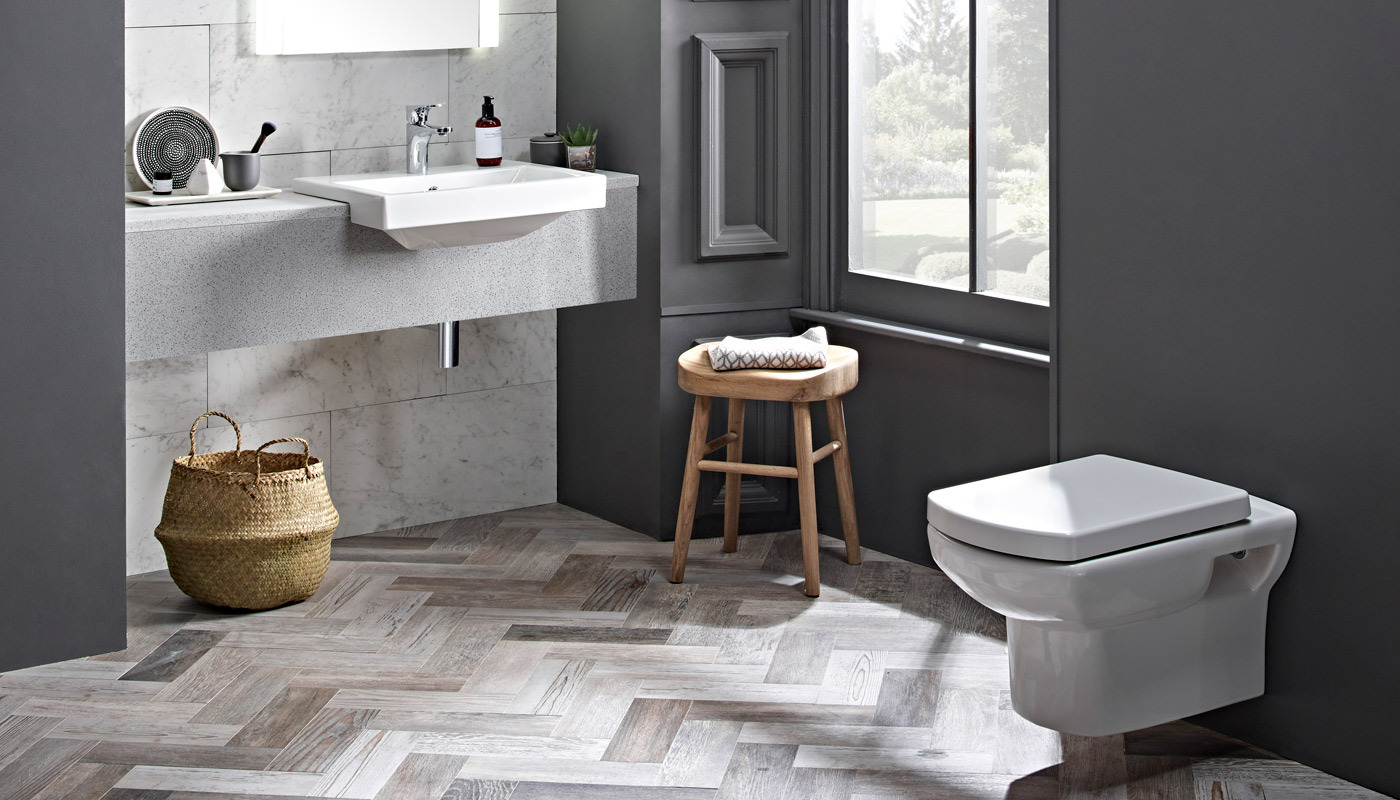
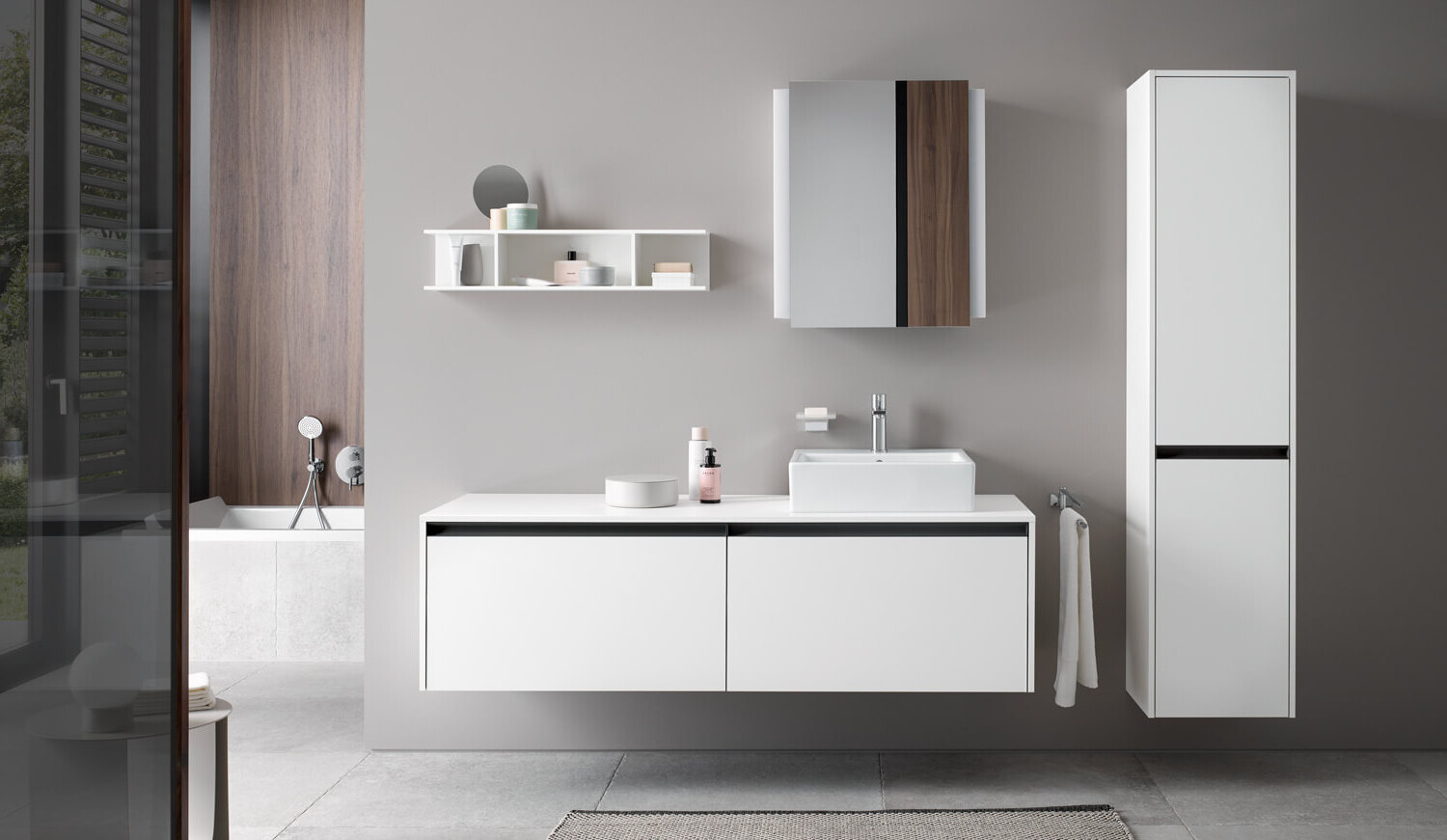
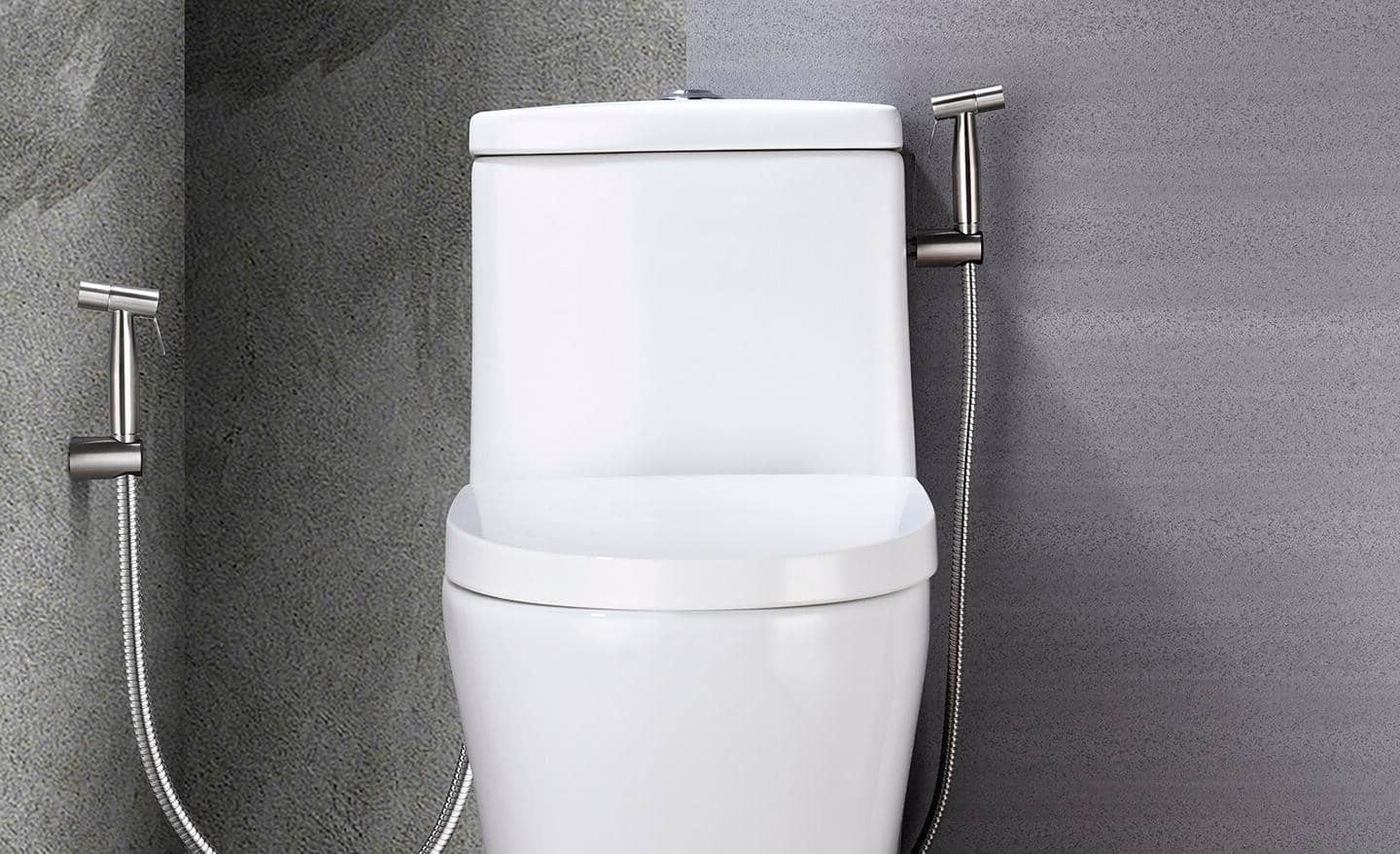
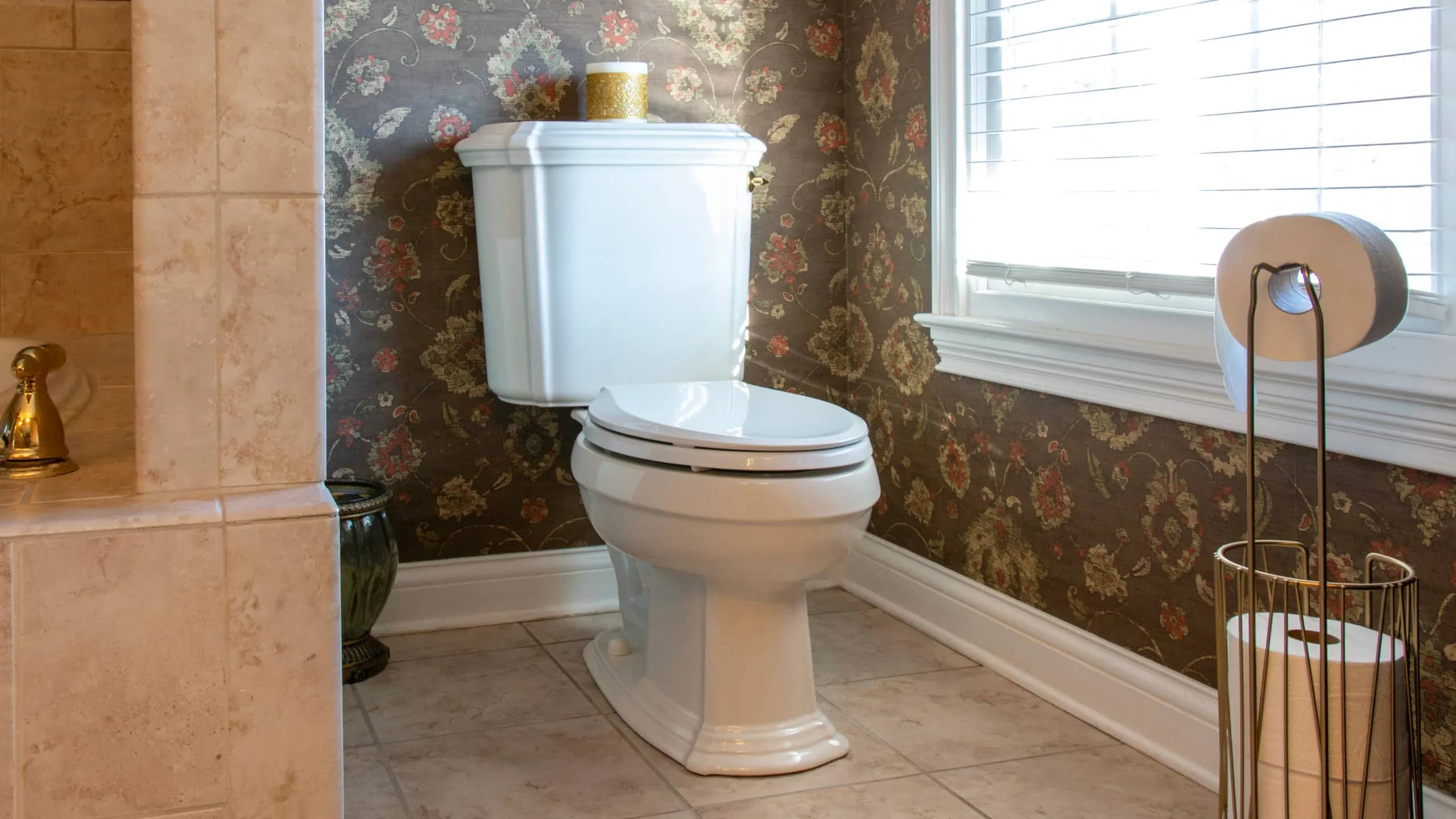
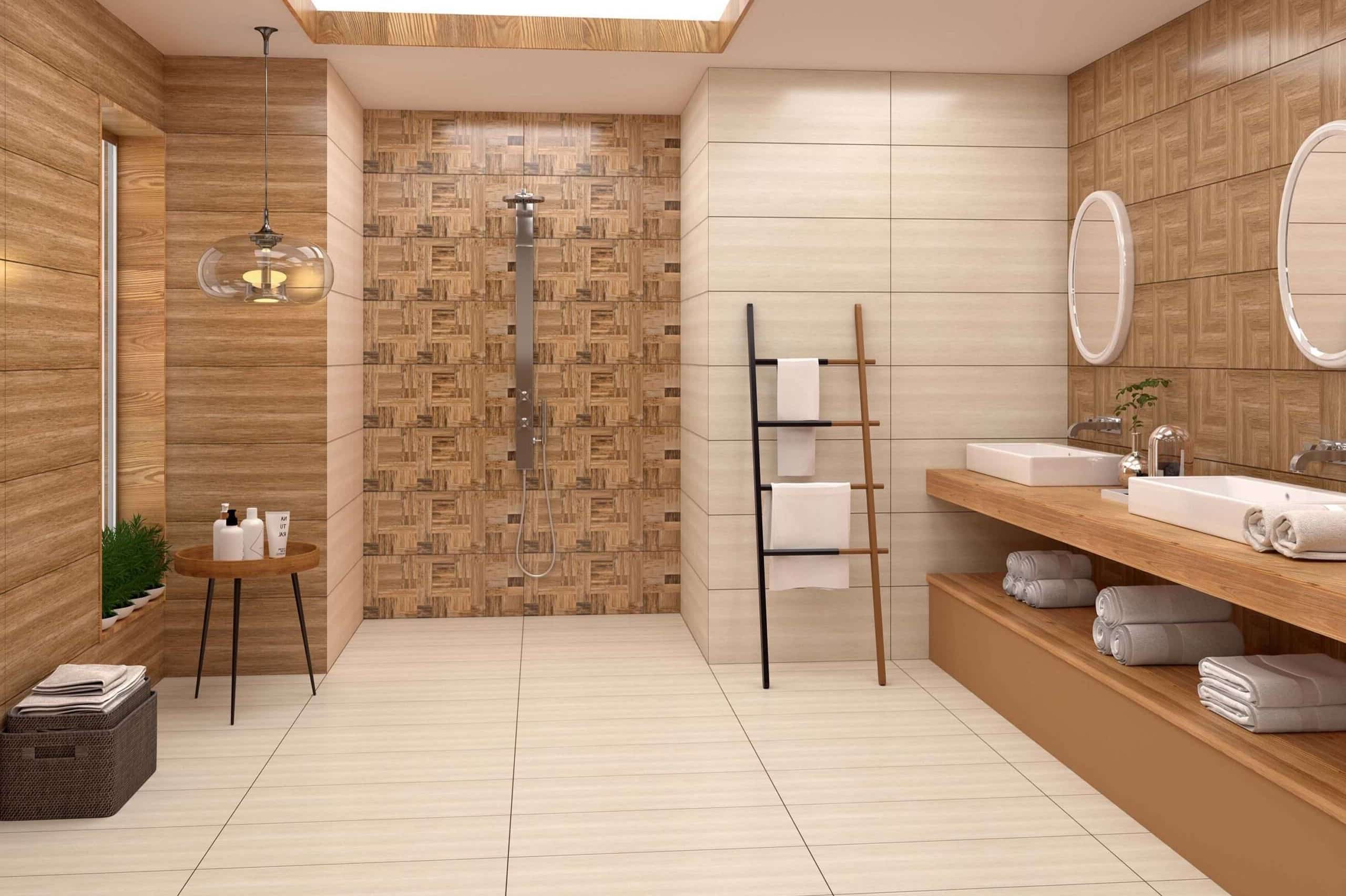
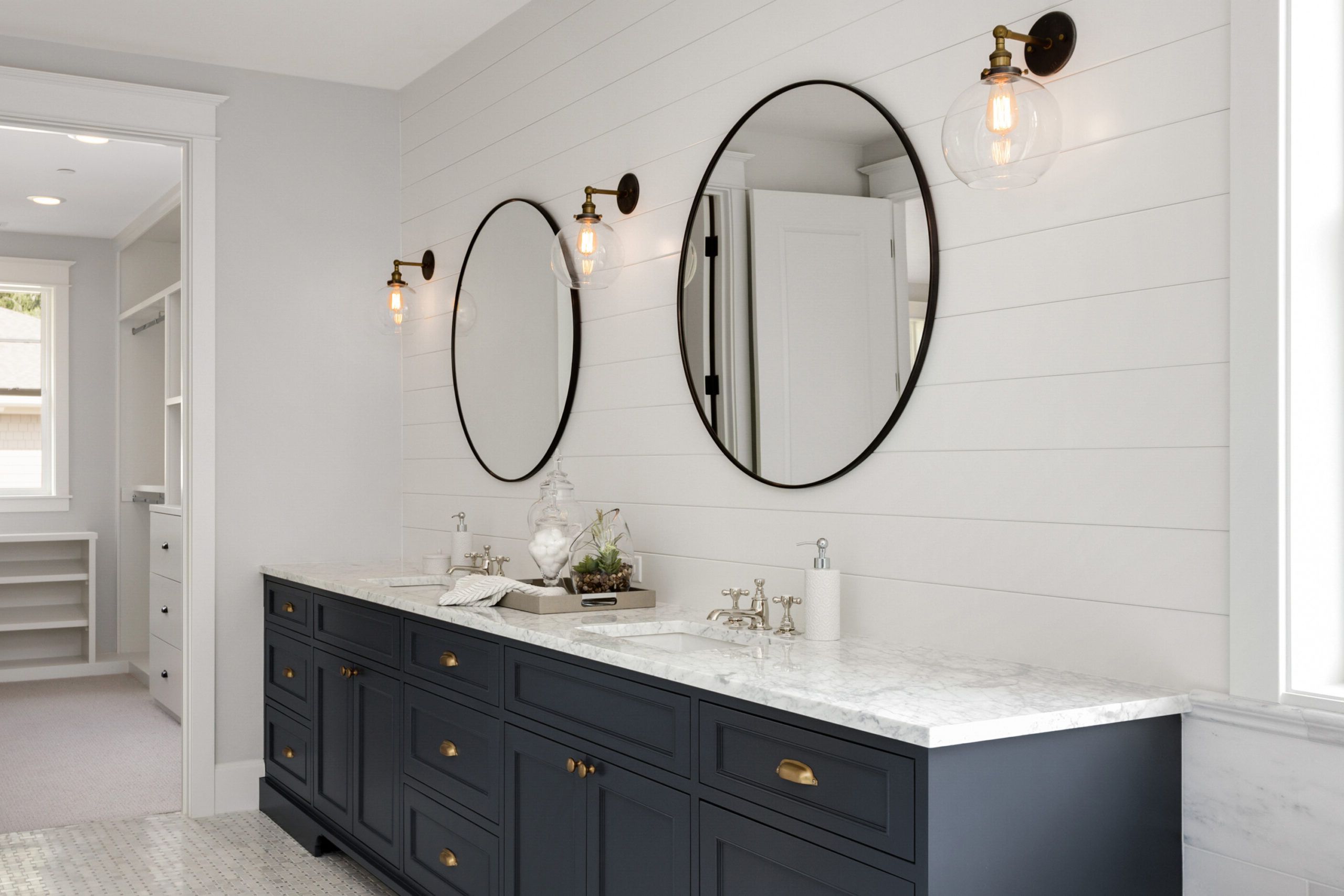
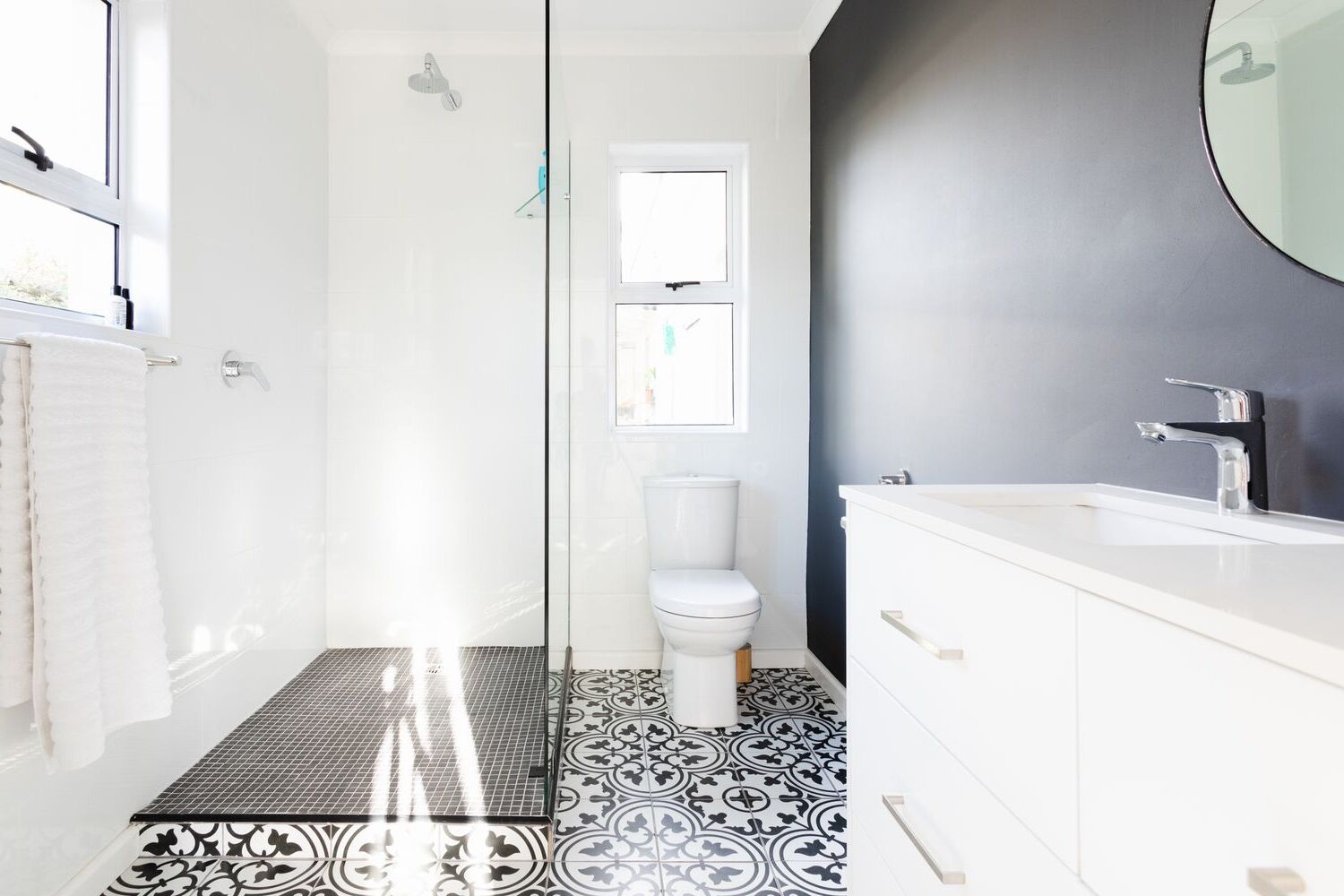
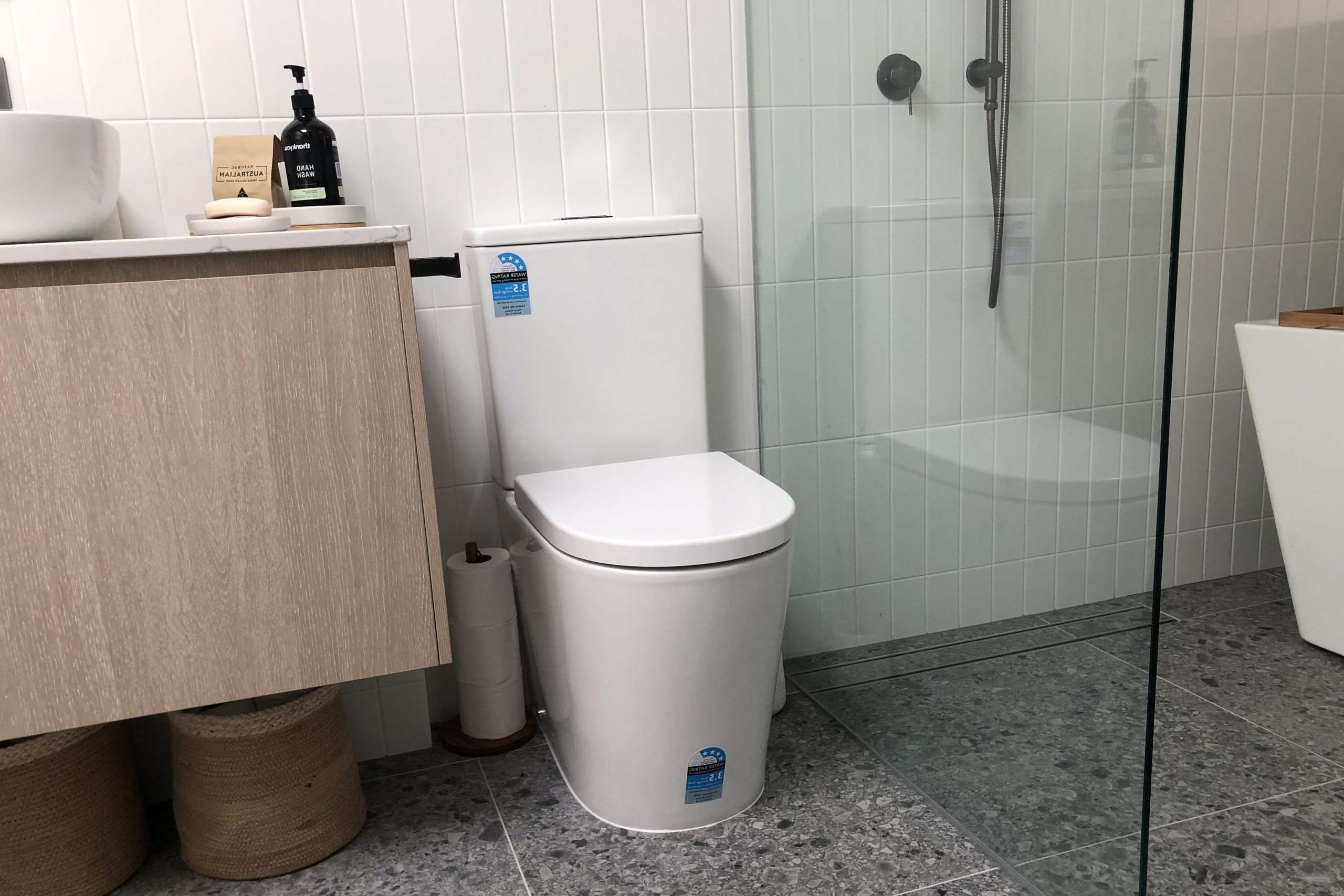

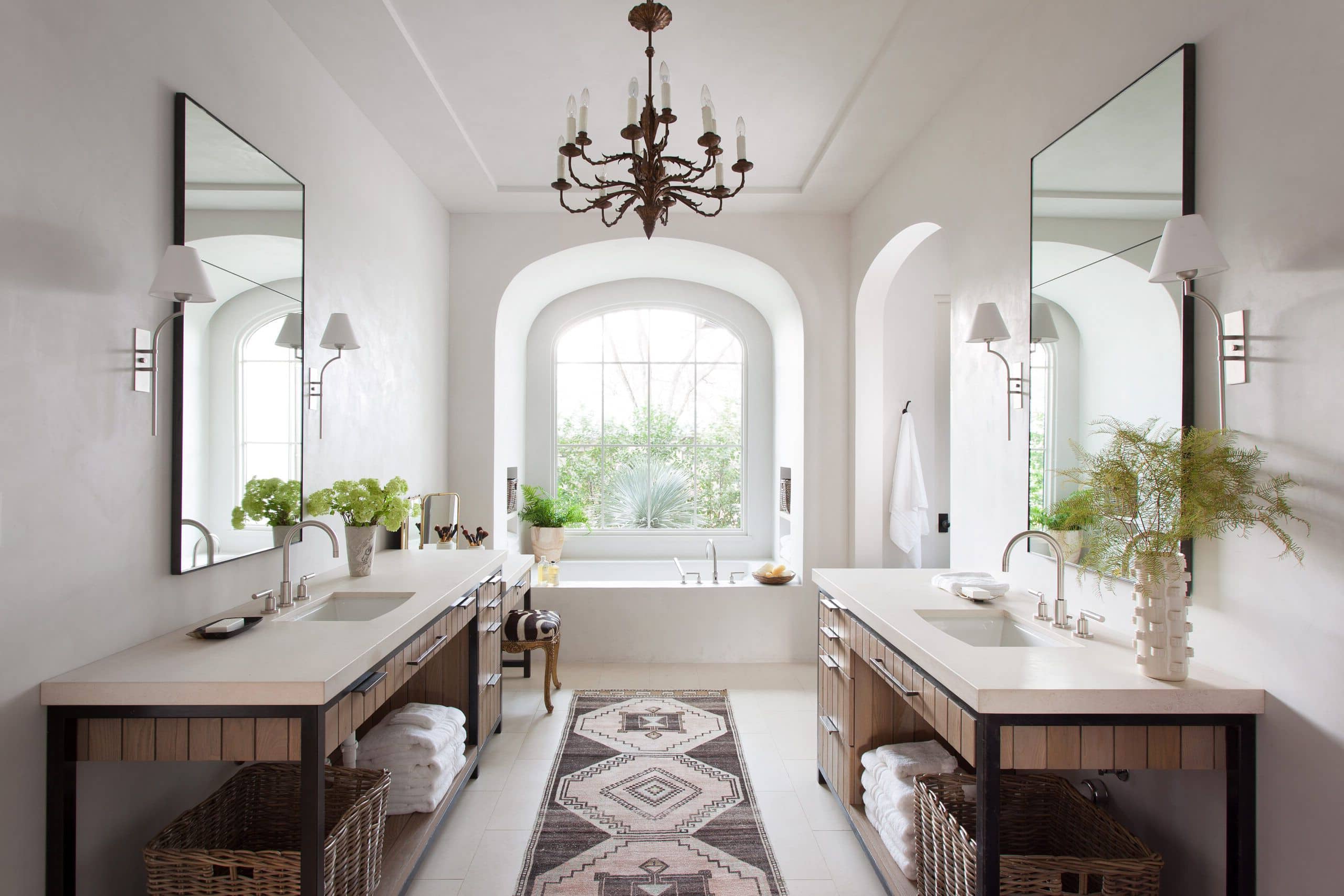
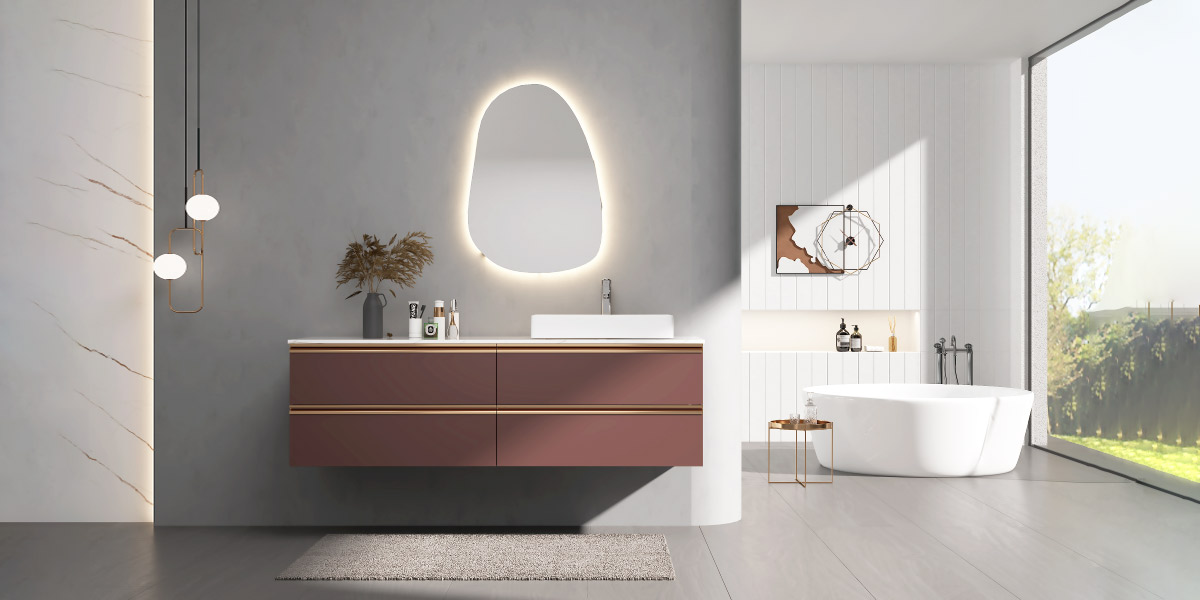
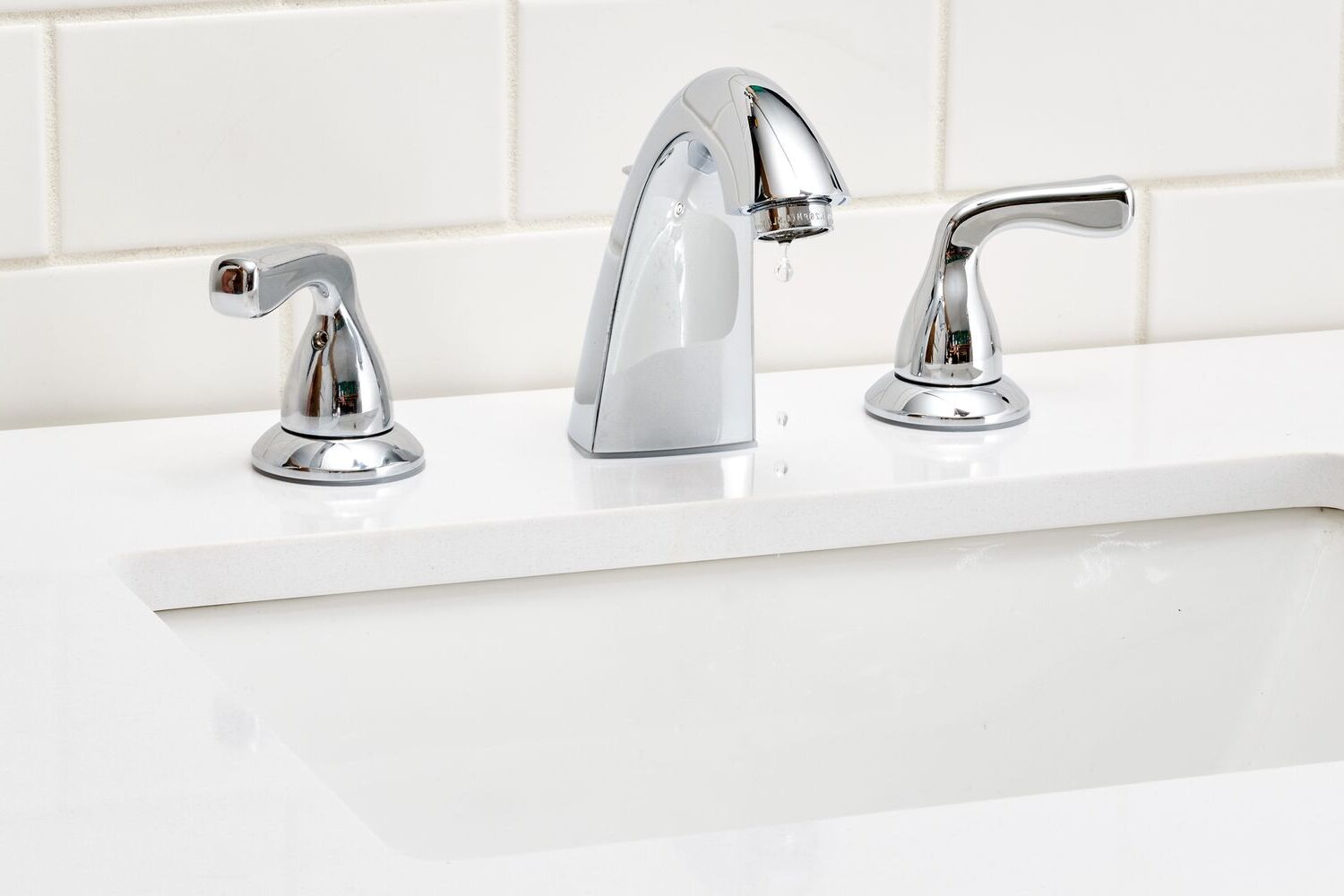
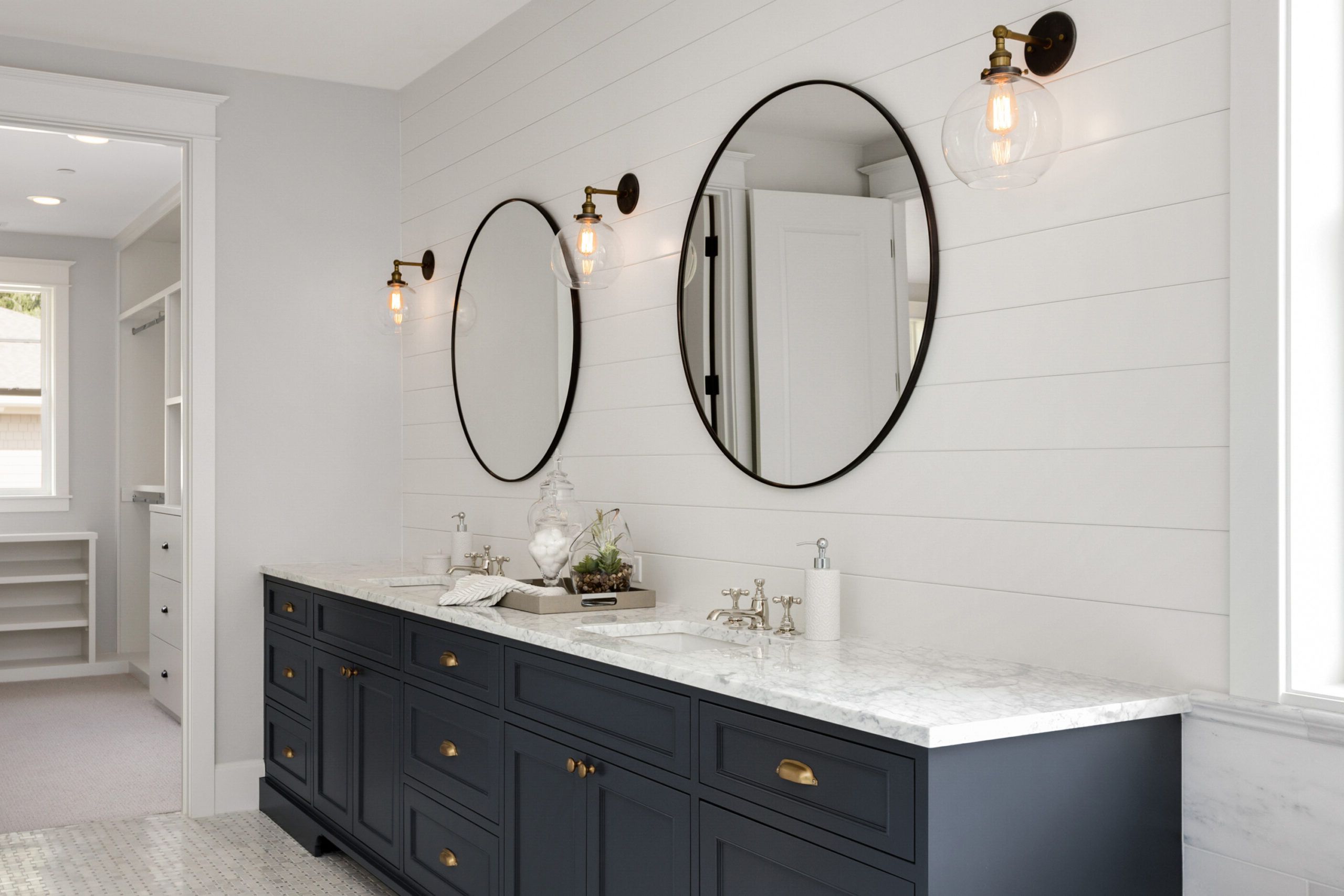
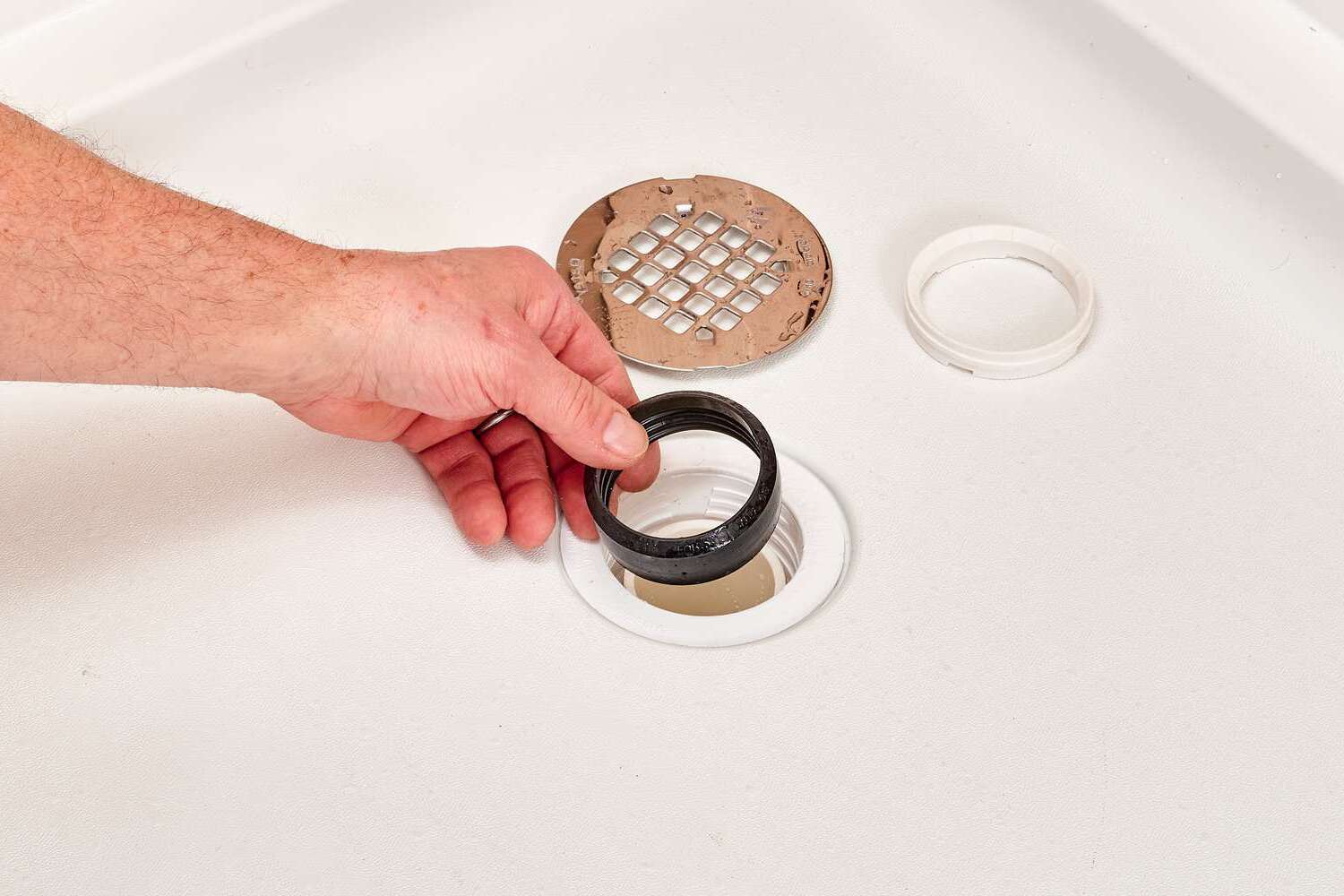
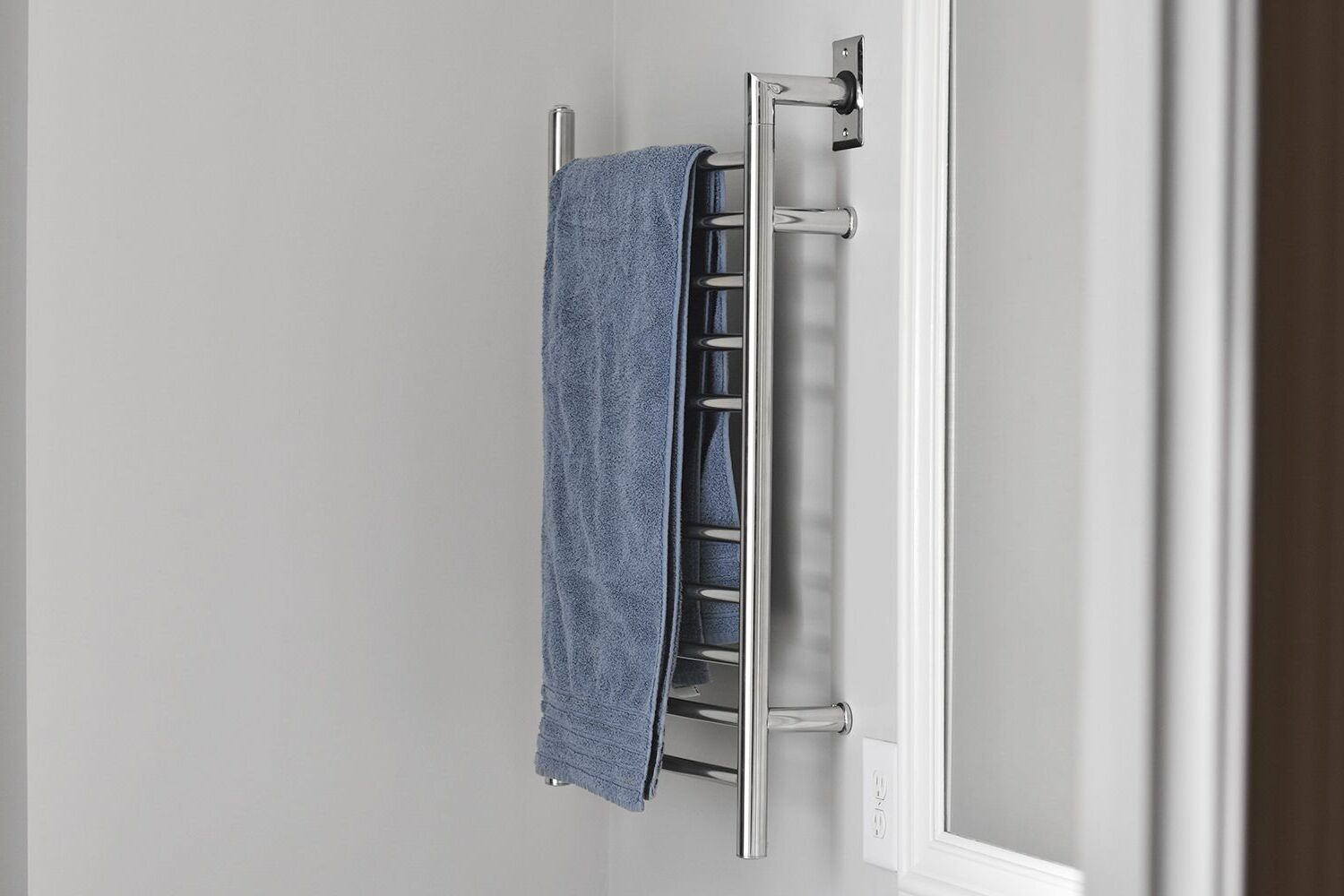

0 thoughts on “How To Choose And Install The Right Bathroom Wall-Mounted Bidet”